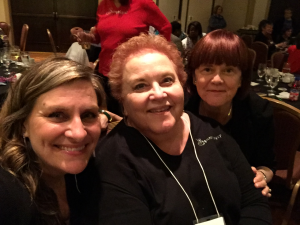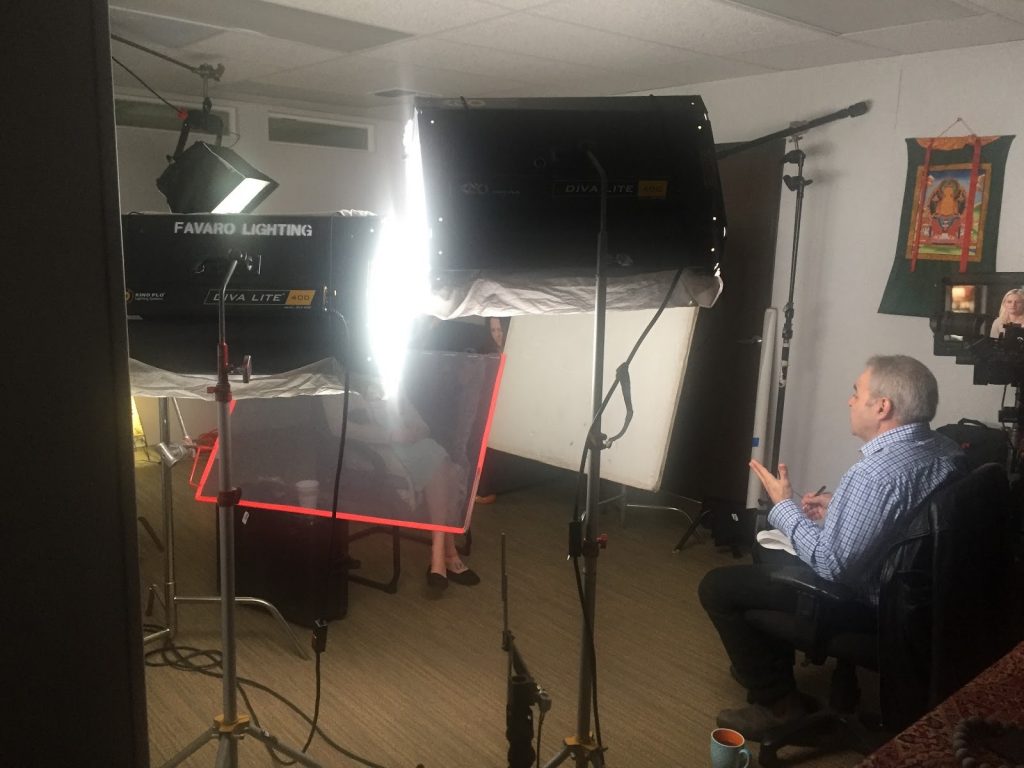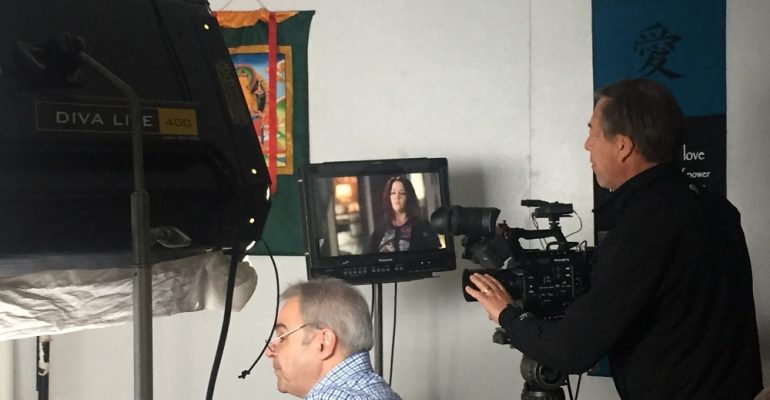A blog by Gina Vucci, SI Marin.
“My name is Gina Vucci and I am an author, advocate, lover of people and the planet. Passionate about intervening on behalf of those in need. I take my calling seriously, myself, less so… I live in Marin County, California in the San Francisco Bay Area. I have been a Soroptimist for a year and my club is Soroptimist International of Marin County.

Image: L-R Gina Vucci SI Marin County, Jill Hardy Brown, President SI Marin County 2016-2017, Linda Witong, Past President SI Marin County 2015-2016, and Special Adviser to SI.
There are more slaves today than at any other time in human history. We often think of slavery as something that took place in history or was abolished in the 1800’s. However, there are more than 30 million children, women and men enslaved worldwide today.
‘Modern slavery’, ‘trafficking in persons’, and ‘human trafficking’ are used interchangeably to describe the act of forcing people to perform labour or commercial sex acts against their will — through the use of violence, fraud or coercion.
For those of us on the front lines of fighting to end human trafficking and advocating for victims, we’re up against a $150 Billion USD criminal enterprise (International Labour Organization estimate) — and this work can seem like emptying an ocean with a teaspoon at times. Yet, there are great people doing great work all over the world to prevent trafficking, protect victims and prosecute offenders. And, this is one of the main reasons I became a Soroptimist.
Global estimates project that the majority of victims are female and more than 50% of victims are children. I believe that locking arms with my Soroptimist sisters is the best way for me to advocate for women and girls affected by this horrific and violent crime — and to fulfil my calling in the world. As a member of my club, I’ve been given the amazing opportunity to work on a documentary we are creating that focuses on sex trafficking.
In 2014, Soroptimist International Marin County hosted a Human Trafficking Awareness event. A film was created from this event with Canadian investigative journalist, Julian Sher, which was shown at the United Nations Commission on the Status of Women in 2015. Featured in this film are two survivors, Cody and Amy.

Image: The making of the documentary
What we discovered since the film was first created, was that for a victim, ‘rescue’ is only the beginning of a lifelong road of recovery, and with many, many ups and downs.
We ended the first documentary on a high note, featuring the incredible achievements of these two amazing women and how much they had overcome to get where they were. Although their individual stories were unique, they were similar to so many other women who become victims of trafficking.
Traumatic childhoods marked by addiction, violence and abuse. A boyfriend who seemed like a knight in shining armour or at least a way out of the misery, and made them feel special, until he asked her to do him “a favour.” It seems so cliche as I write this, but don’t let the words dilute the cunning, deceitful, calculating, and violent motivation behind these predators.
This is an extremely lucrative criminal activity and they are businessmen commodifying women’s bodies in what amounts to the most extreme form of gender based violence.
Recently, I had a chance to catch up with Cody and Amy and take a deeper look at what the journey actually looks like for a survivor. We realised that where we left off at the end of the first film was a bit misleading. And, although they were “free” from their traffickers, they faced many challenges. We decided to update the film to reflect a more accurate picture of what life after trafficking looks like for a survivor.
I have since connected with more survivors, and uncover the same truth again and again. The greatest message we can carry for survivors is that the road to recovery is long and that the best support we can offer is long-term, trauma-informed care along with resources for housing, treatment, job training and capital for starting non-profits to help other survivors.
We treat traumatic brain injury in American football players seriously, and we treat returning veterans with post-traumatic stress disorder with care. Yet, we need to see and treat survivors of trafficking the same way — as survivors of trauma (and abuse and violence) — and respond with compassion and loving kindness.
As a movement, our next step forward must not only focus on rescue, but emphasise restoration for survivors as well”.
Keep an eye on facebook and the SI website and we will let you know as soon as the new documentary is released.

